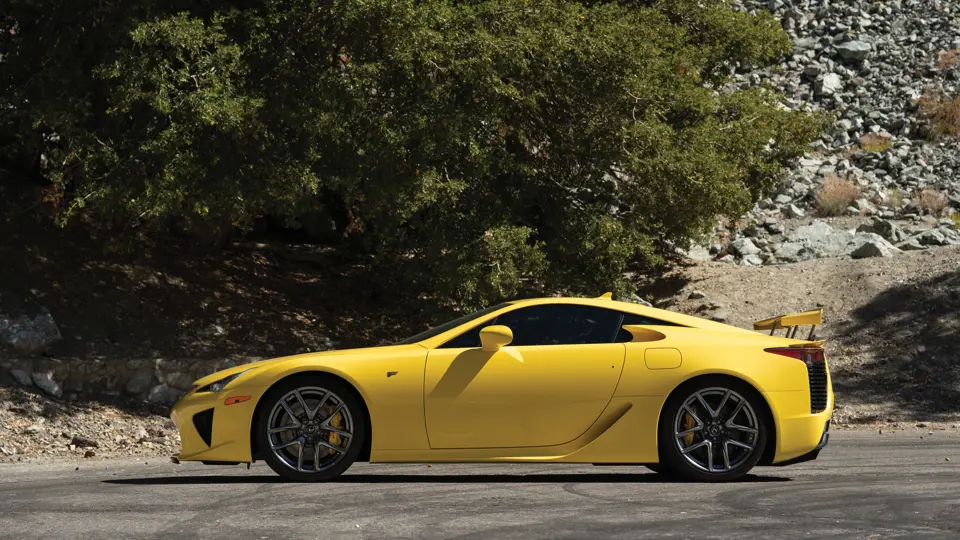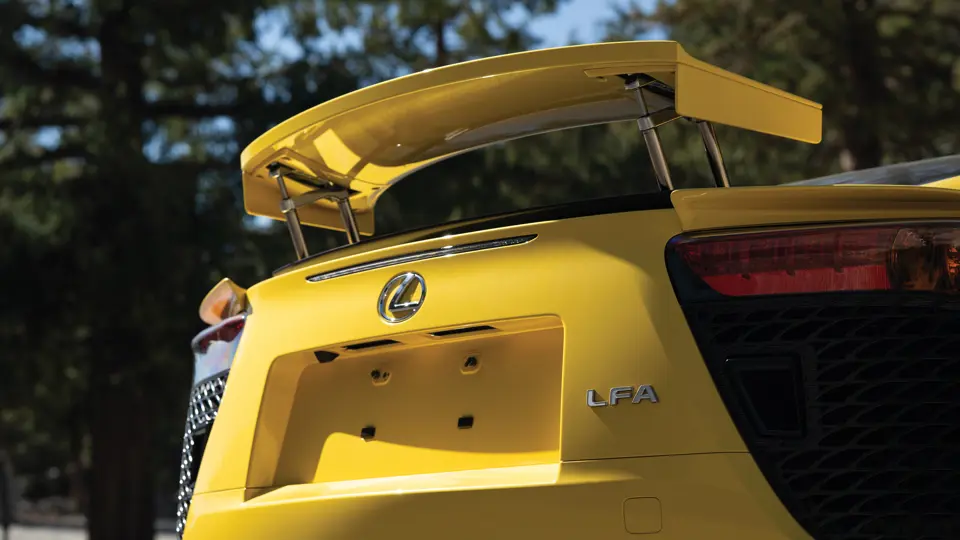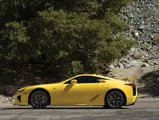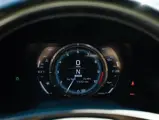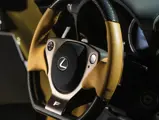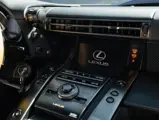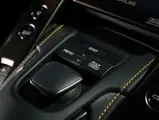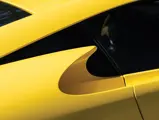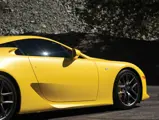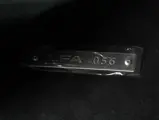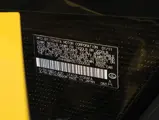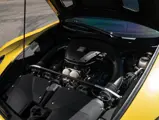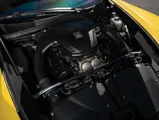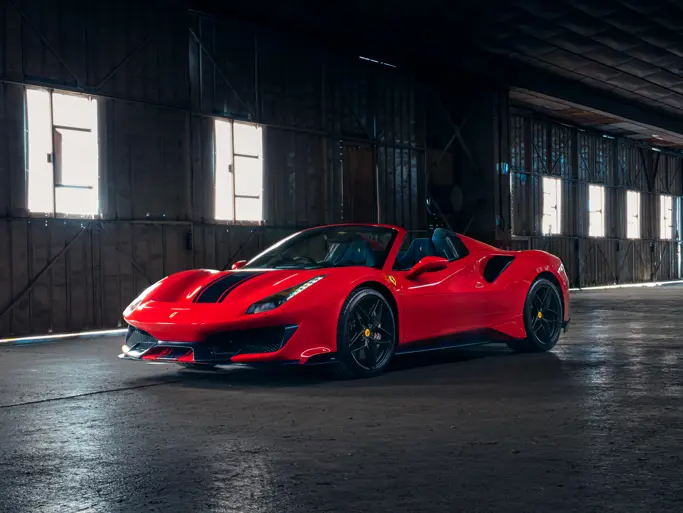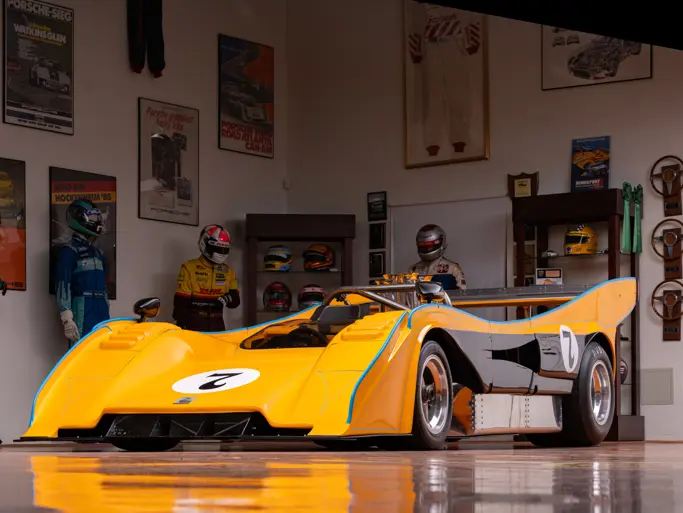Whether it was Henry Ford II’s decision to build the GT40, Bugatti’s decision to build the Veyron, or Toyota’s decision to build the LFA, history has shown that when a manufacturer puts commercial consideration to one side in order to follow a passion project, the end result is usually very special indeed.
The LFA came about as the pet project of then Toyota CEO Akio Toyoda, who, after years of producing relatively anodyne road cars, wanted to produce a supercar to challenge those being offered by the likes of Ferrari, Porsche, and Lamborghini, even if it was a loss maker from day one. The project’s development phase became excruciatingly long-winded, taking more than seven years from initial concept to launch, largely due to the switch from aluminium to carbon fibre for the chassis in 2005, but when it was finally unveiled at the 2009 Tokyo Motor Show, it was clear that Toyota, and Toyoda, had produced something truly remarkable.
The highlight of the package was its 4.8-litre V-10 engine, internally known as 1LR-GUE, or the ‘GUE’. It was built in the same facility as Toyota Racing’s F1 V-10s and co-developed with Yamaha, and it is already revered as an engineering masterpiece. The block is a space-age blend of aluminium, magnesium, and titanium alloy, which made it smaller than an equivalent V-8 and lighter than an equivalent V-6. Internally, titanium-alloy conrods, forged pistons, and individual electronic throttle bodies for each cylinder allowed razor-sharp throttle response, allowing the V-10 to rev from idle to 9,000 rpm in just six-tenths of a second, whilst being as refined as any other Lexus engine. On paper its 552 bhp may be underwhelming by modern supercar standards, but it was a figure generated at an incredible 8,700 rpm and delivered in a manner akin to a musical instrument, and the LFA could still boast 0–100 mph in 7.6 seconds.
The same praise can be heaped upon the cabin, which was entirely bespoke to the LFA and a perfect combination of form and function. The quality of the components and the standard to which they were assembled is something that its Italian competition couldn’t hope to match—an intoxicating blend of milled aluminium and magnesium for the switch gear, high-gloss carbon fibre for the steering wheel, and the finest supple leather for seats, transmission tunnel, and dashboard. The instrument cluster, too, was bespoke and all-digital, solely because no analogue tachometer could keep pace with the engine’s ability to gain and lose revolutions.
The total lack of compromise was also applied to the chassis and running gear, with the car boasting double-wishbone suspension at the front, a multilink rear axle at the rear, and a carbon-ceramic braking setup co-developed with Brembo to give incredible stopping power. In an era of 1,000 bhp hypercars and racing cars modified purely to make them ‘road-legal’, it is telling that only seven cars have ever gone quicker at the Nürburgring than the LFA, despite it being equally capable of being a fine long-distance tourer if the driver so wished.
This particular LFA is one of just twenty examples that were finished in Pearl Yellow. It was delivered to its first owner in 2012 through Lexus of Kendall in Miami, Florida, and was subsequently serviced by them in 2012, 2013, 2014, and 2016. Moving across the country to California, it was serviced there in 2017 and 2018 and has covered just under 1,700 miles from new. It presents in fantastic condition commensurate to its mileage, both inside, where the unmarked black leather cabin is offset beautifully by the yellow and carbon details, and out, where the gleaming paintwork and matching callipers are perfectly offset by the exposed carbon-fibre diffuser and anthracite wheels.
Jeremy Clarkson described the LFA as ‘the best car I have ever driven’, whilst Andrew Frankel remarked, ‘Like the McLaren F1, it was made with no apparent regard for cost, just to be the best it could be…a landmark car, [whose] like we will not see again.’ An opportunity to acquire one is a rare occurrence, and this particularly low-mileage example is worthy of serious consideration.

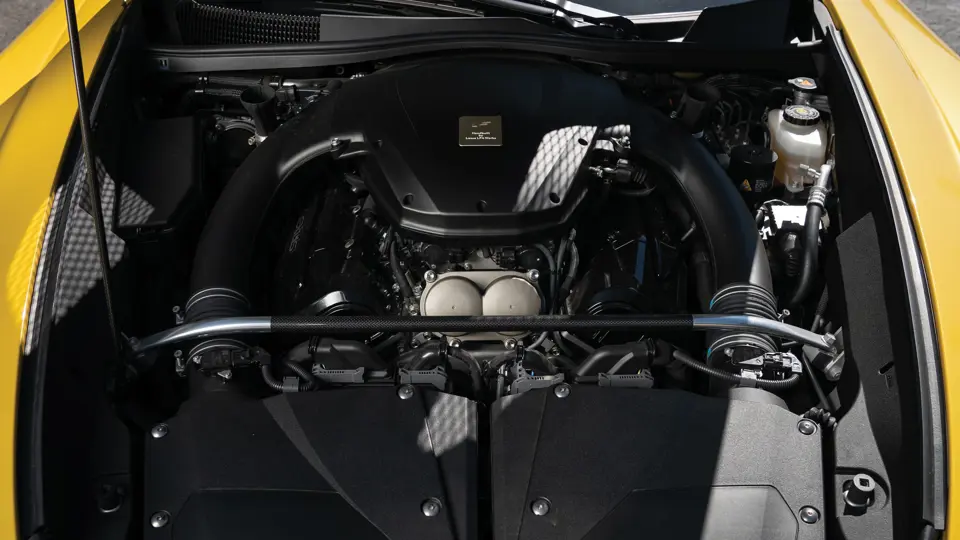


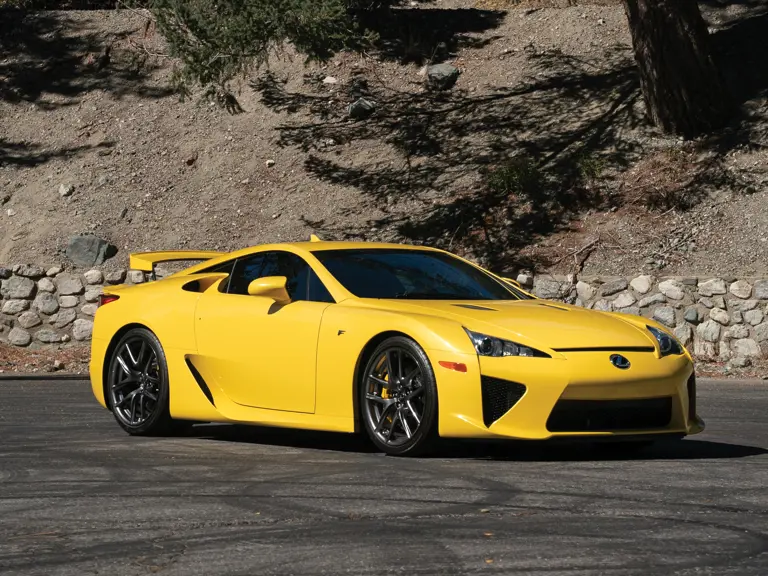
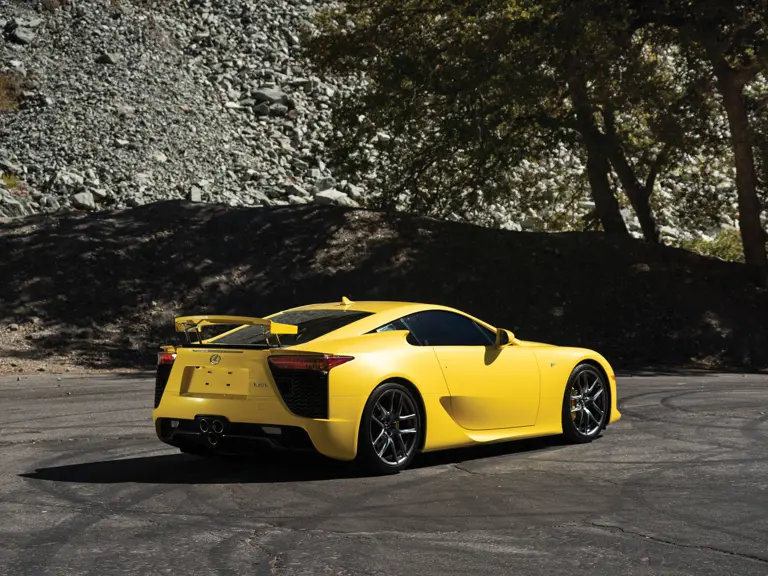
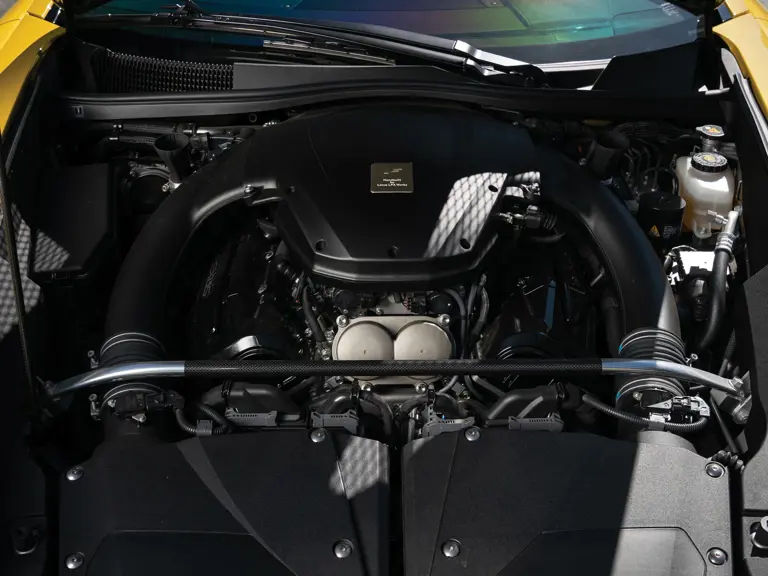
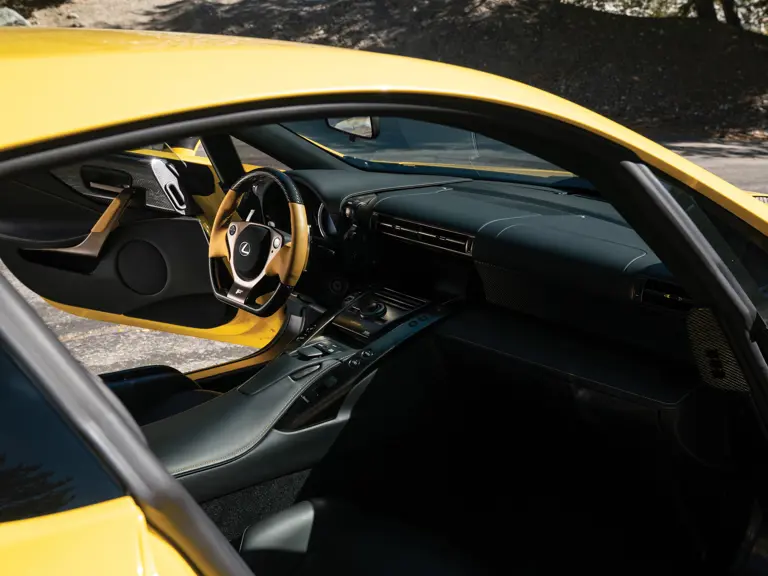

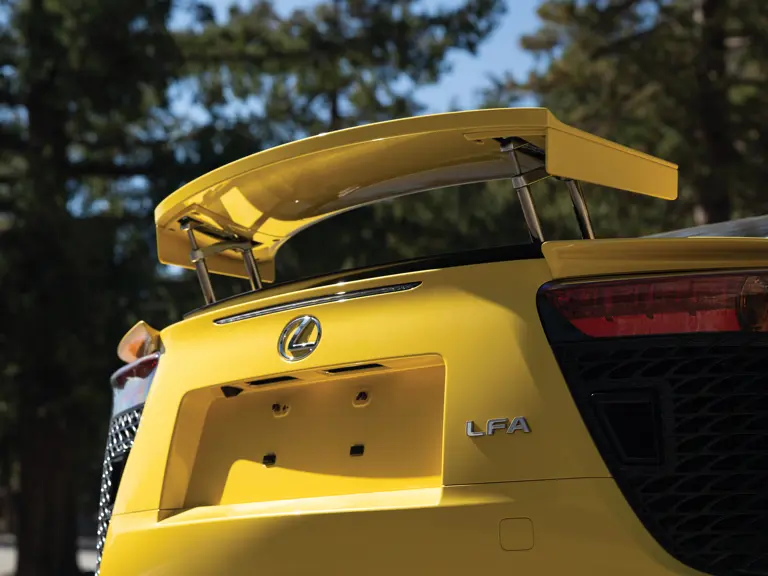

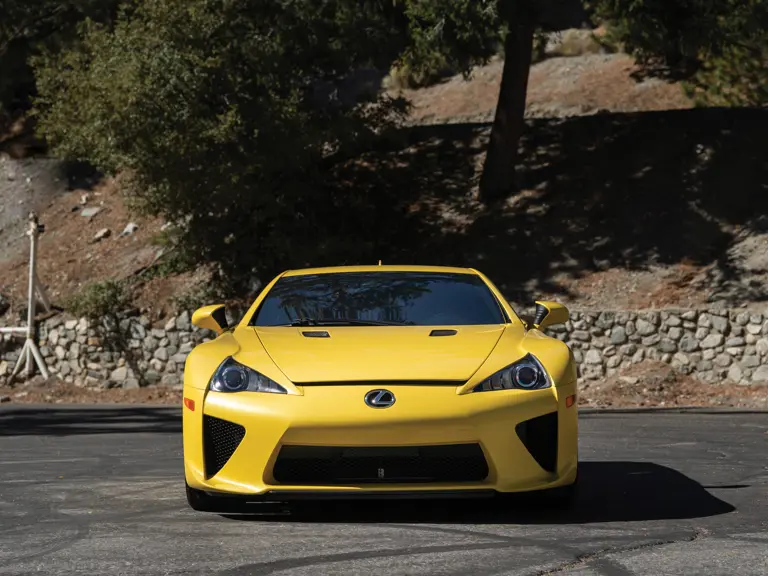
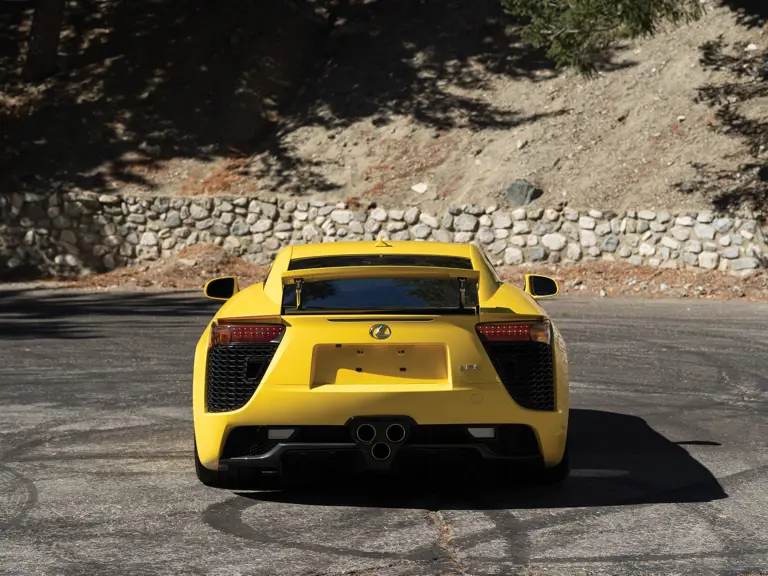
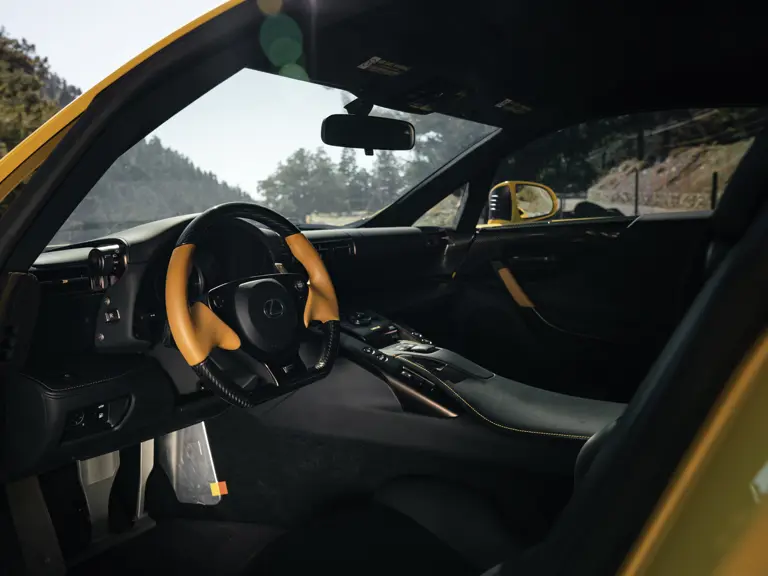
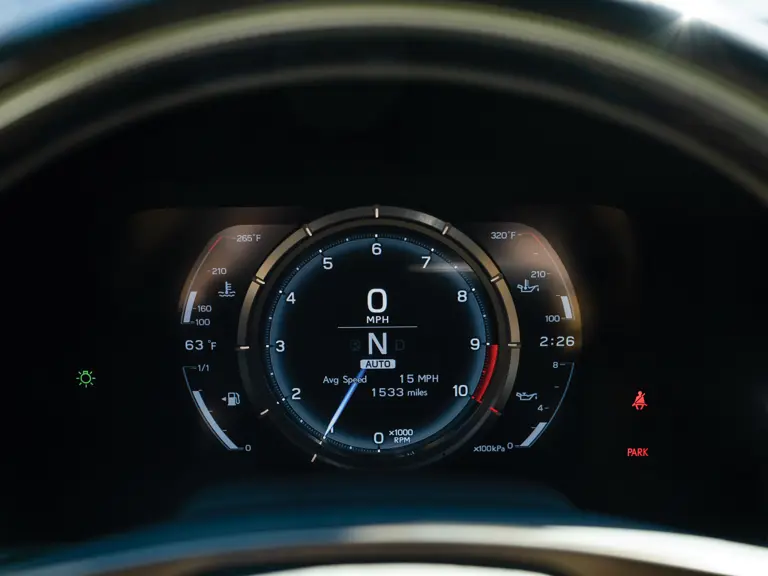
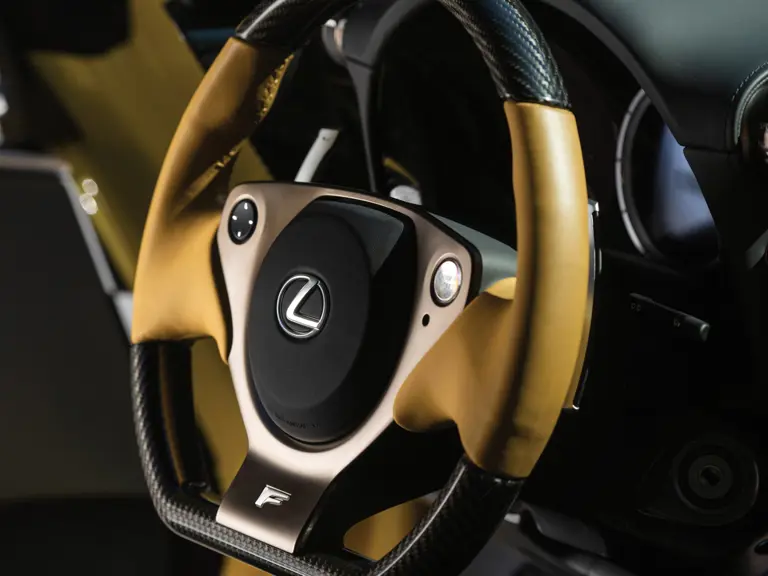
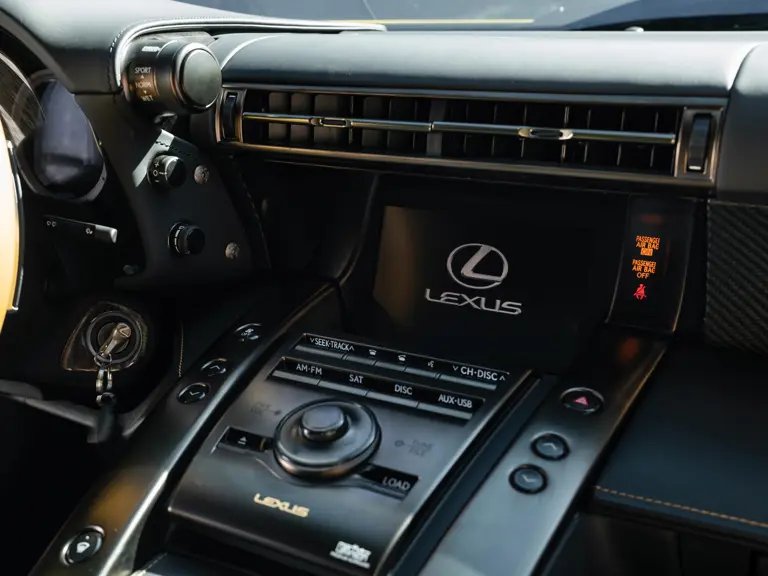

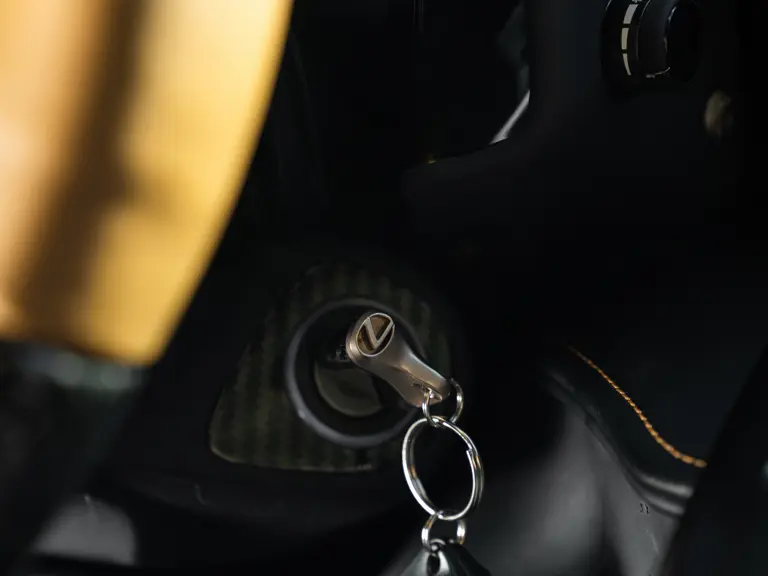
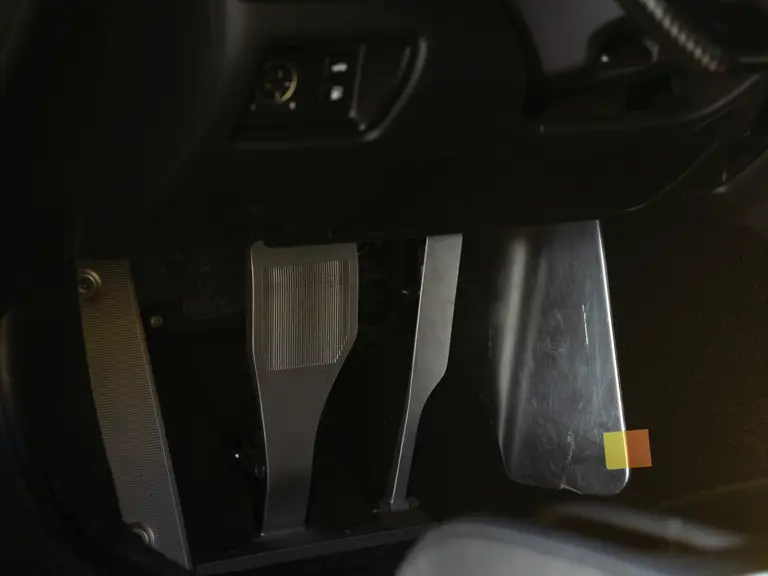




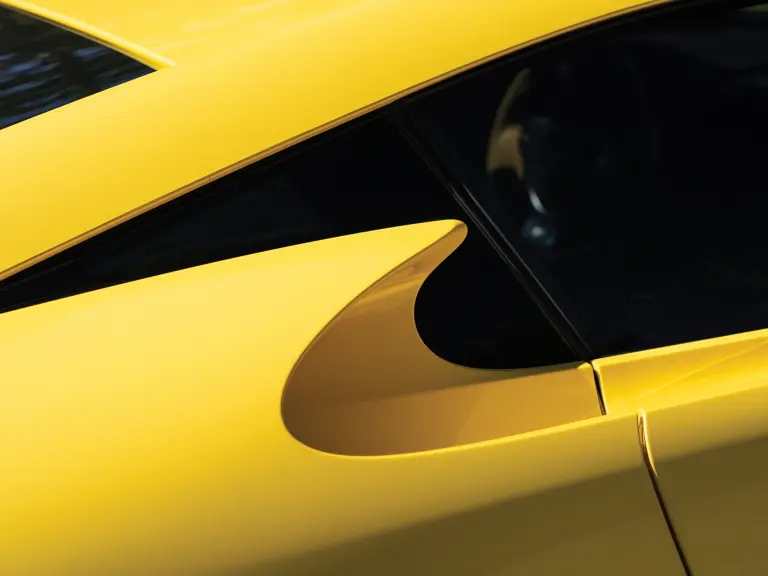
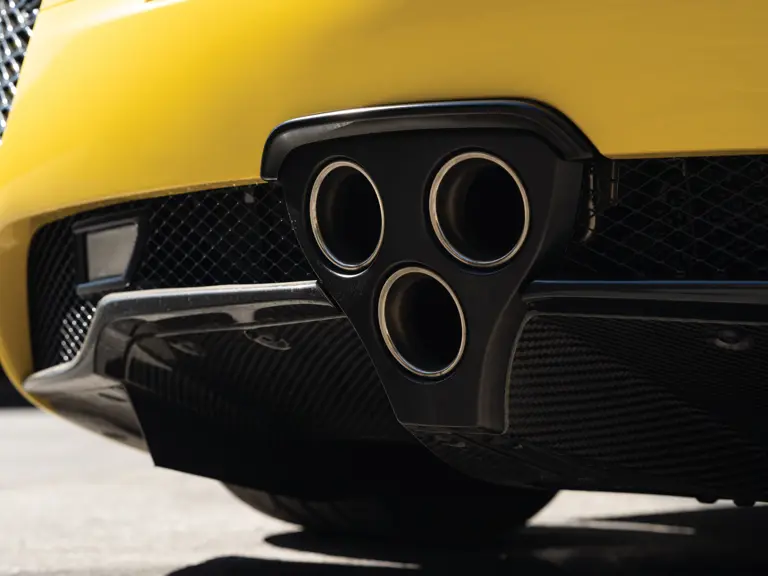

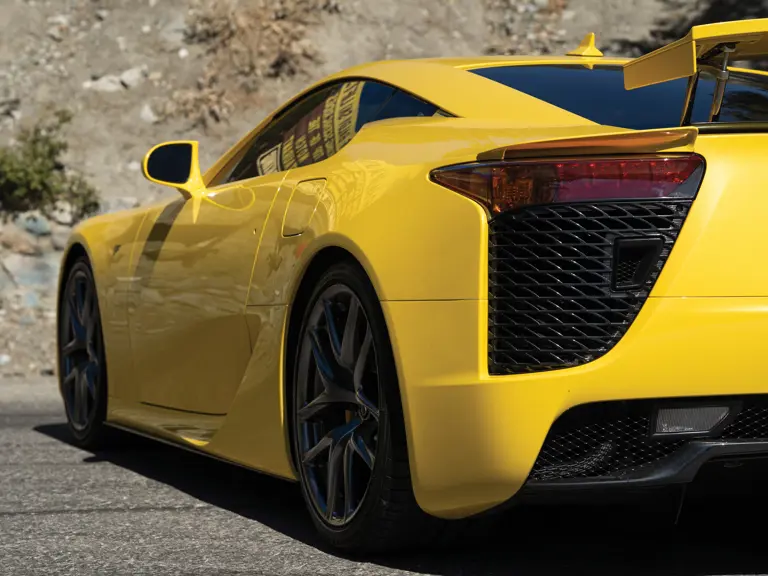


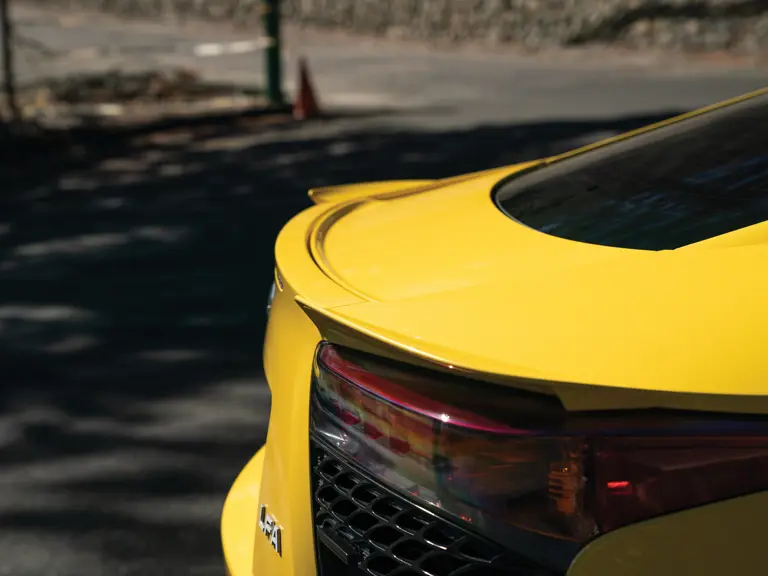
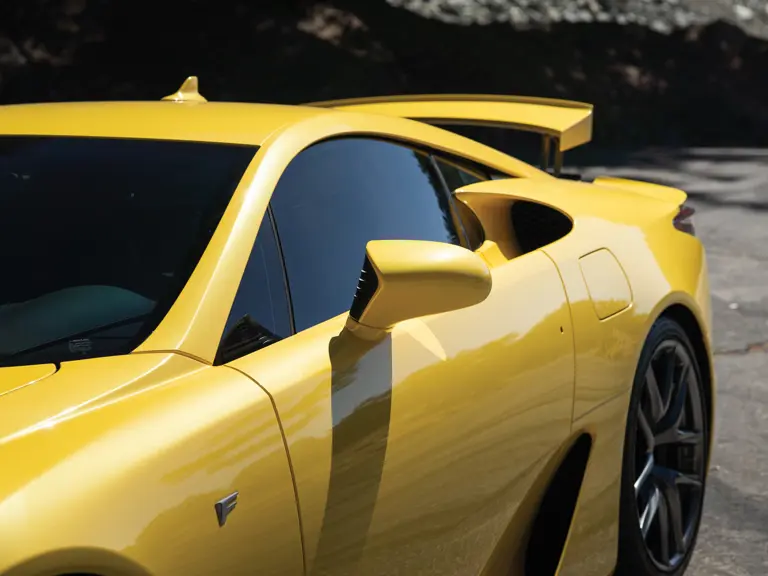
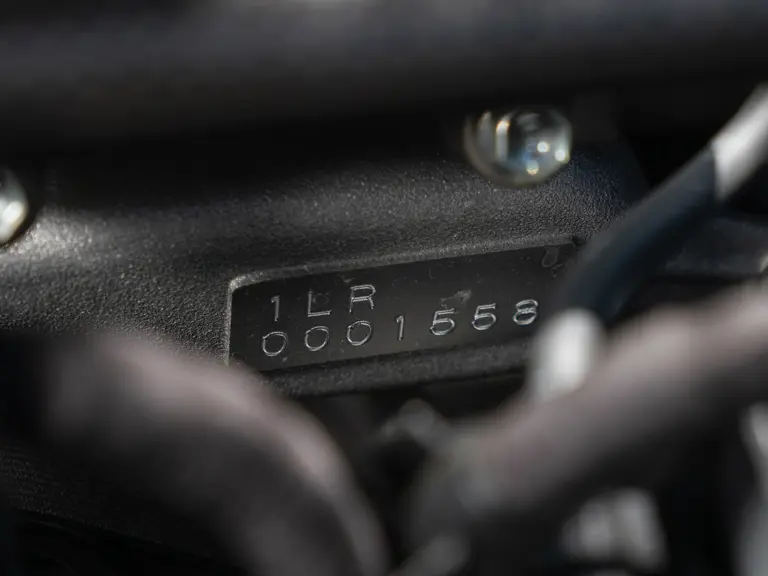

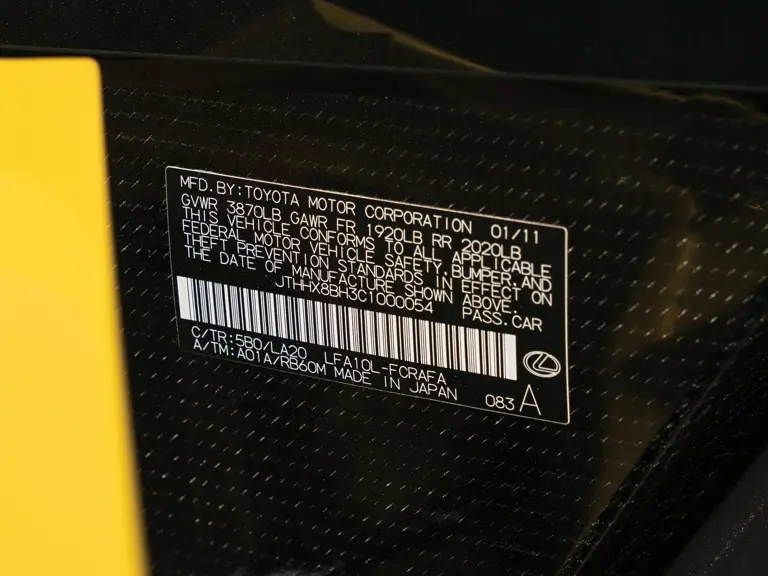
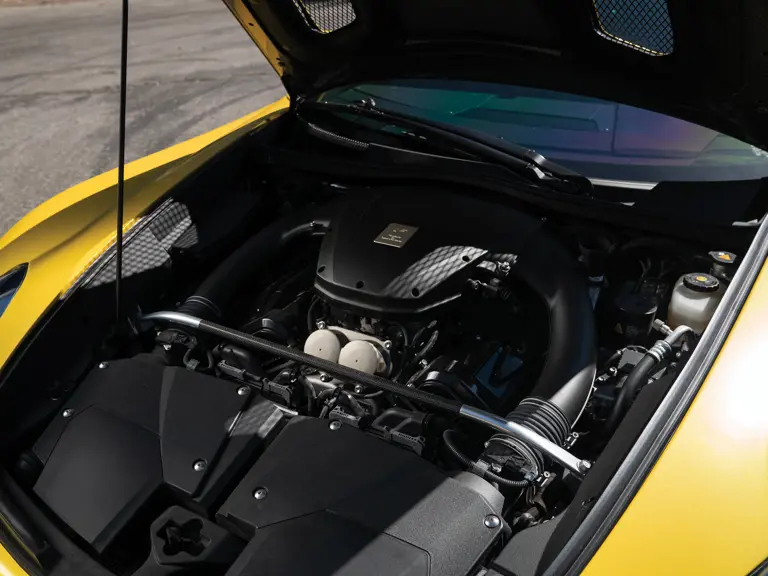


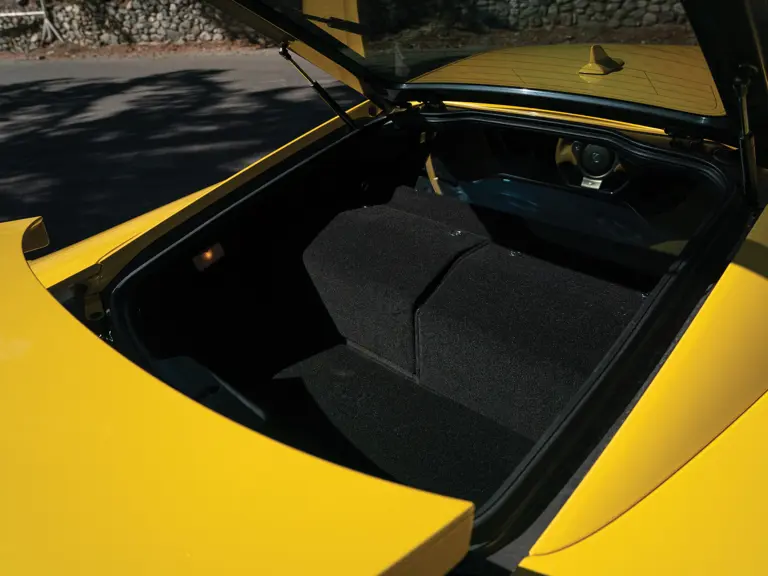

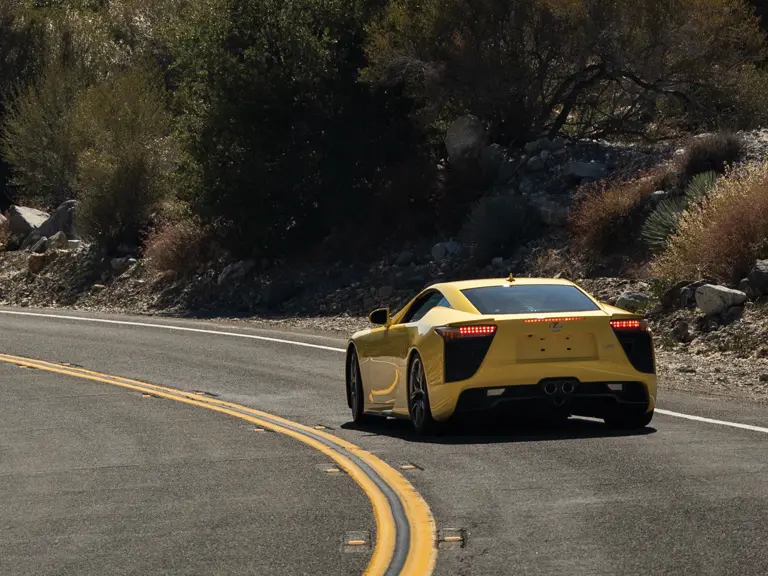
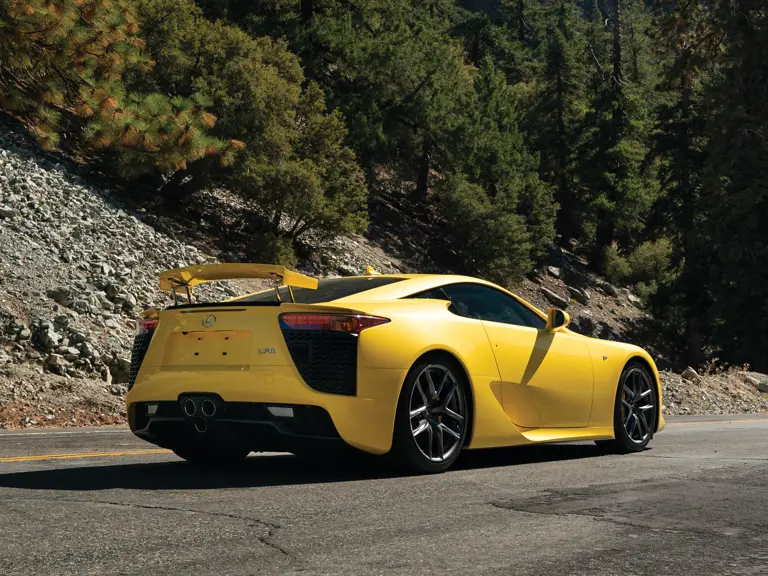
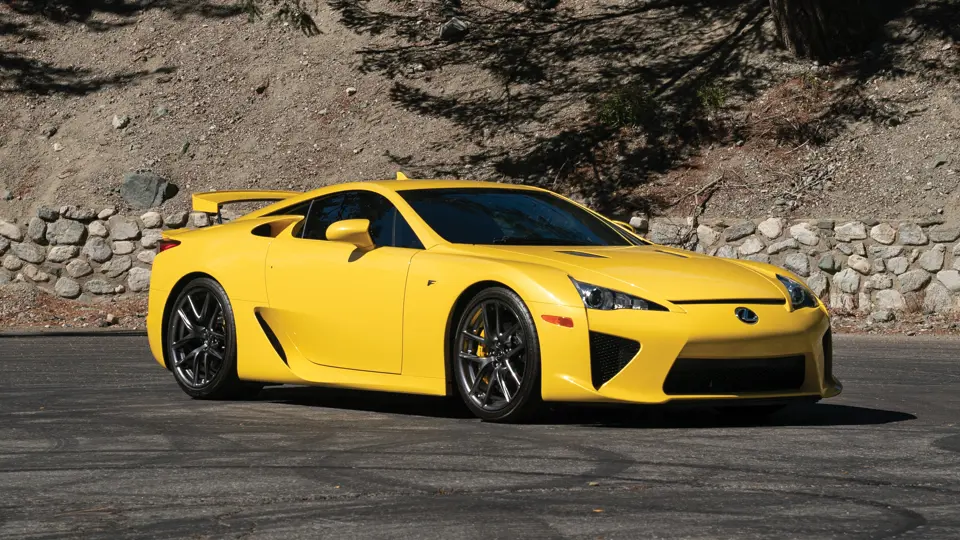
 | Abu Dhabi, United Arab Emirates
| Abu Dhabi, United Arab Emirates
